#heritage architecture
Explore tagged Tumblr posts
Text
Sign me up!
(And pay no attention to the fact that I'm triply-ineligible what with not being a Kiwi/Aussie, not specialising in a relevant field of conservation, and not having NZD$2000 laying around to pay as a 'contribution' toward the expedition. Just let me dream though, god damn it!)
#I am not excited about this being yet another opportunity within the field of heritage and conservation that is NOT bloody paid#Nevertheless I do think it looks amazing and would be incredible for someone who's actually eligible and able to take it on#As such I will be tagging it with every relevant phrase I can think of in hopes of reaching such lucky people who haven't seen it yet#Polar Exploration#Antarctica#Antarctic Exploration#Antarctic Heritage Trust#Heritage#Conservation#Objects conservation#Built heritage conservation#Archaeology#Heritage architecture#Heritage management#Ross Sea Antarctica 2025#Inspiring Explorers Expedition#Apply and go and smuggle me there in your suitcase please and thank you!
10 notes
·
View notes
Text


Barns in the Yorkshire Dales, England.
#Barn#Building#Architecture#Thatch#Heritage#Wanderlust#Explore#Landscape#Scenery#Country#Countrycore#English Countryside#Farm#Farmcore#Cottagecore#Cottageblr#Field#Fieldcore#Hills#Green#Stone Wall#Aesthetic#Photography#Warmcore#Cozy#Grandmacore
1K notes
·
View notes
Text

Frank Lloyd Wright's Fallingwater (1935)
photo: David Castenson
667 notes
·
View notes
Text
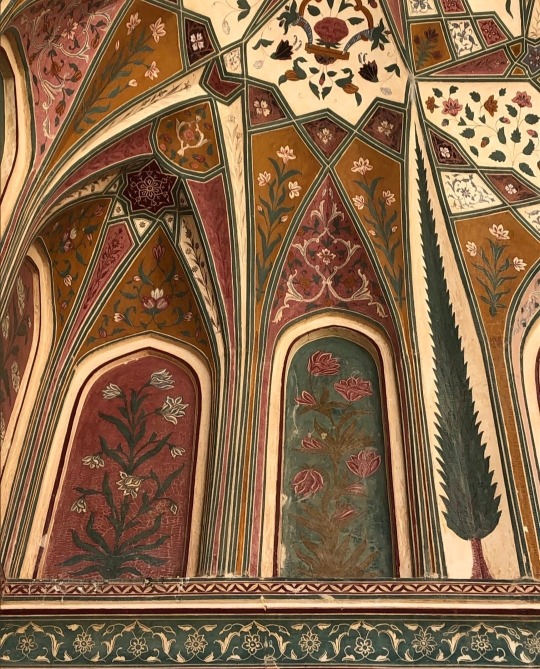
Interiors of Amer Fort in Jaipur, India depicting murals with a flowering plant motif.
#ots#amer fort#jaipur#rajasthan#india#indian architecture#mughal architecture#desi tag#desi tumblr#desiblr#heritage tourism
9K notes
·
View notes
Text

Beautiful morning 🌿
Cairo, Egypt 🌻
#يوميات بنت إسمها ش#مصر#egypt#photography#thisisegypt#art#masterpiece#cairo#shaimaa fekry#palm trees#history#heritage#culture#islamic#mosque#architecture
1K notes
·
View notes
Text

Leliūnai. 2023
369 notes
·
View notes
Text

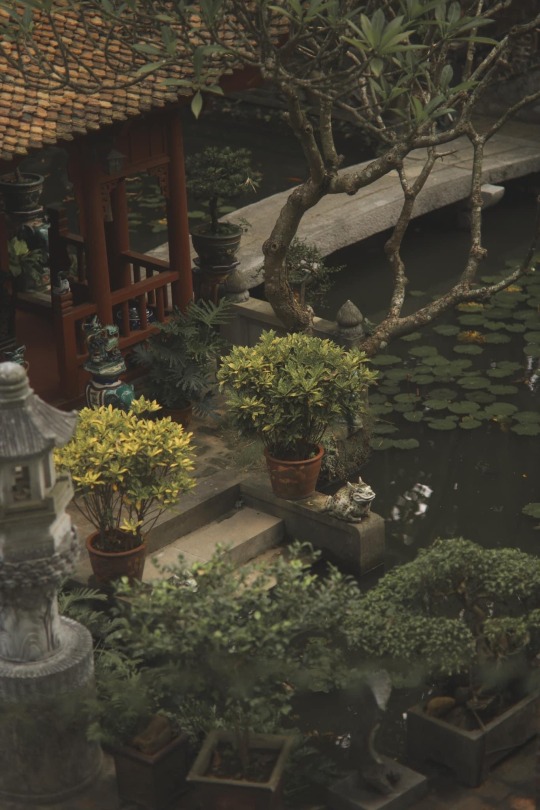
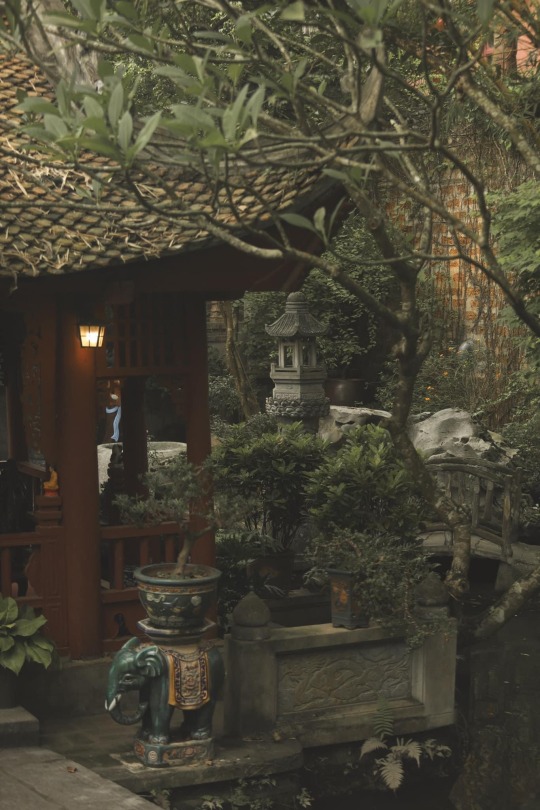
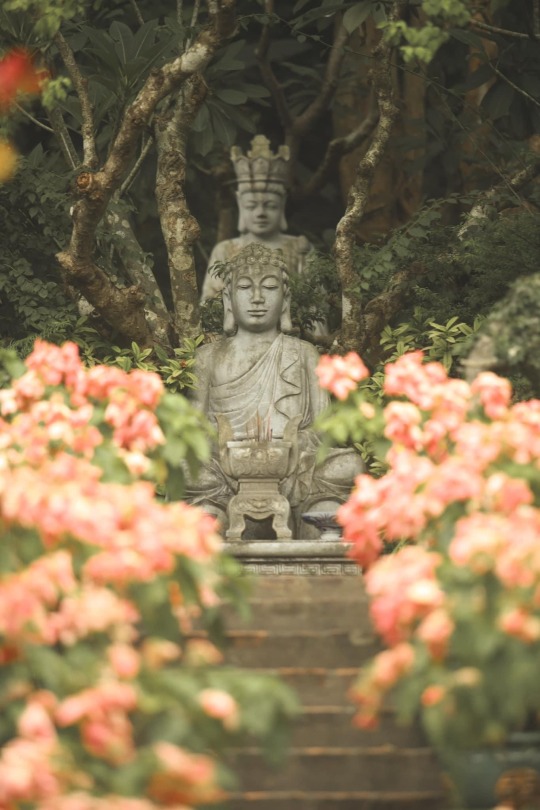
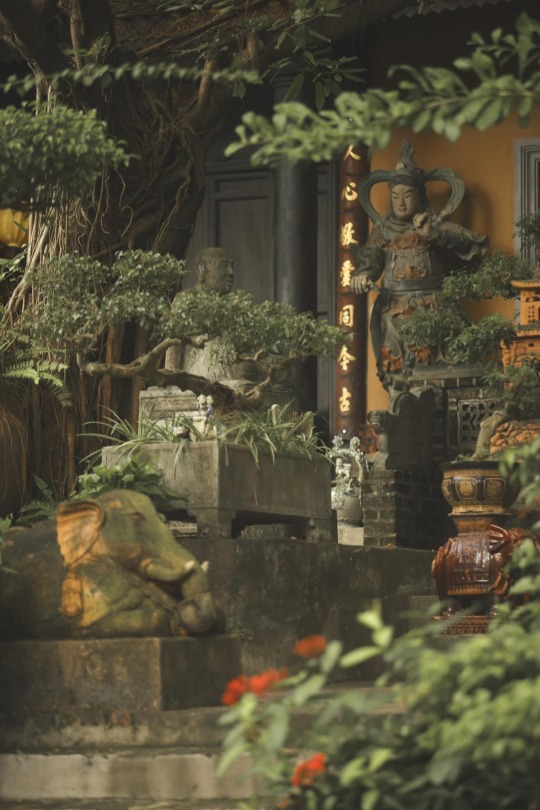
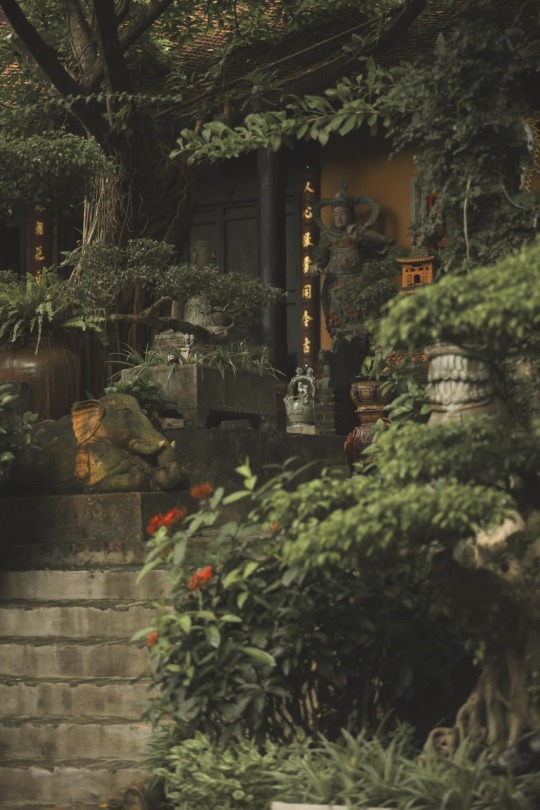

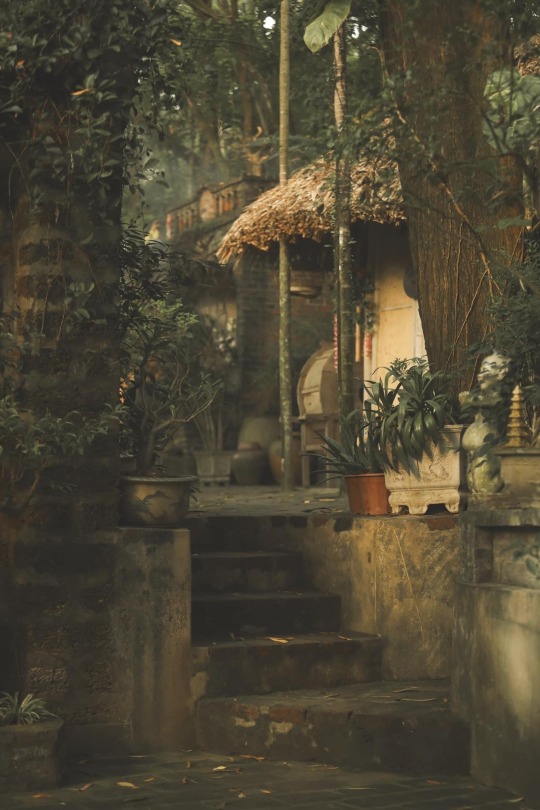
Việt Phủ Thành Chương, Hanoi, Vietnam. Credit to Hoang Anh.
#vietnam#vietnamese#culture#history#sinosphere#travel destinations#travel#hanoi#heritage#museum#restored#traditional#traditional architecture#lotus pond#garden#antiques#traditional art#traditional arts#art
2K notes
·
View notes
Text
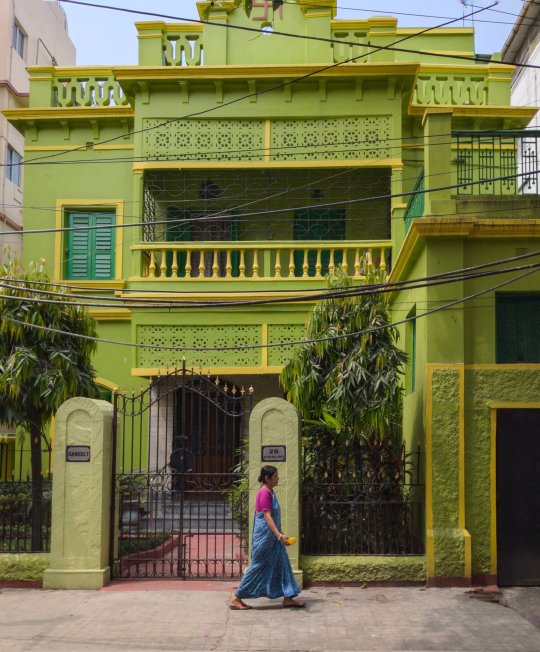
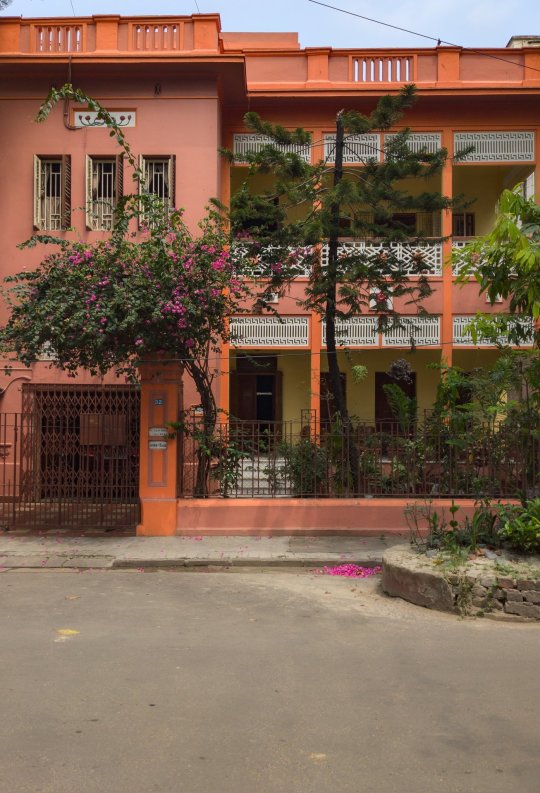
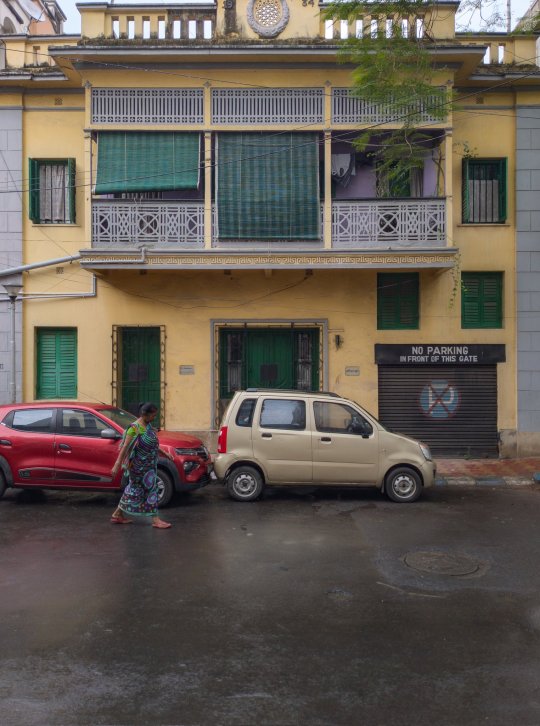
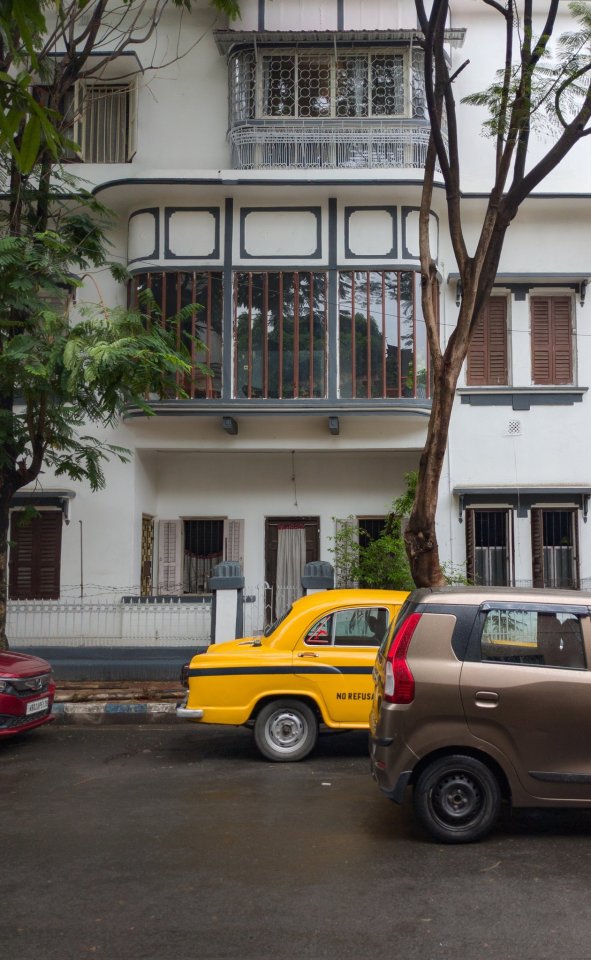
PRETTY DESI HOUSE 🤌🏼🏡
#desiblr#desi tumblr#indian aesthetic#indian culture#desi shit posting#desi tag#being desi#desi aesthetic#desi#desi academia#indian architecture#house#light academia#beautiful pictures#beautiful place#twitter stuff#indian heritage#vintage#hindublr#street photography
413 notes
·
View notes
Text

Palacio Nacional de Mafra / Portugal (by Suzanne Tucker).
#portugal#visit portugal#mafra palace#architecture#baroque#royal palace#lusitania#unesco heritage site
1K notes
·
View notes
Text






November 2024
On the bridge of the abandoned children's railway✨️
На мосту заброшенной детской железной дороги✨️
#noseysilverfox#photography#architecture#quiet place#nature#autumn#bridge#abandoned places#soviet heritage#old bridge#photoblog#original photography blog#original photography#native plants#plants#moments#naturecore#фотоблог#природа#заброшенное#старый мост#тихое место#архитектура#советское наследие#растения#на природе#осень 2024#русский tumblr#турумбочка#landscape
169 notes
·
View notes
Text
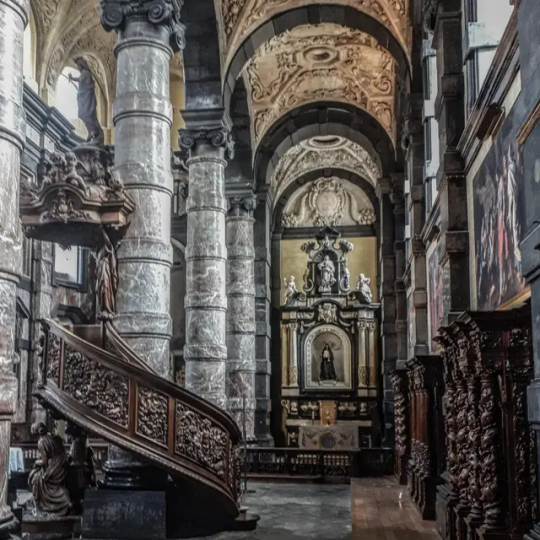
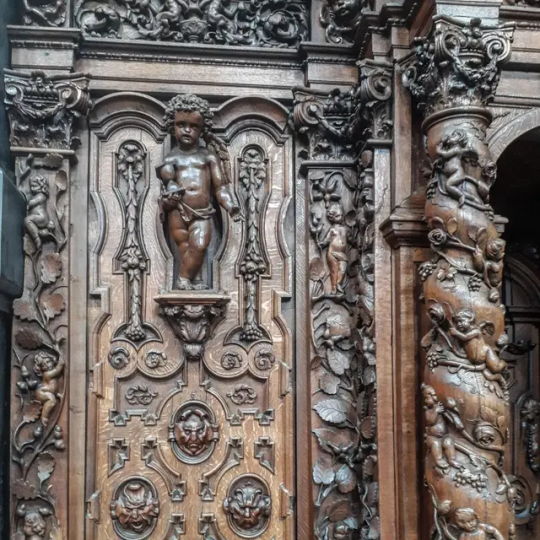


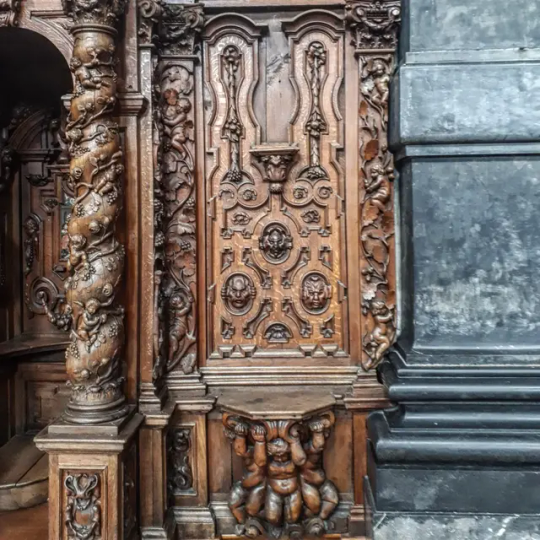
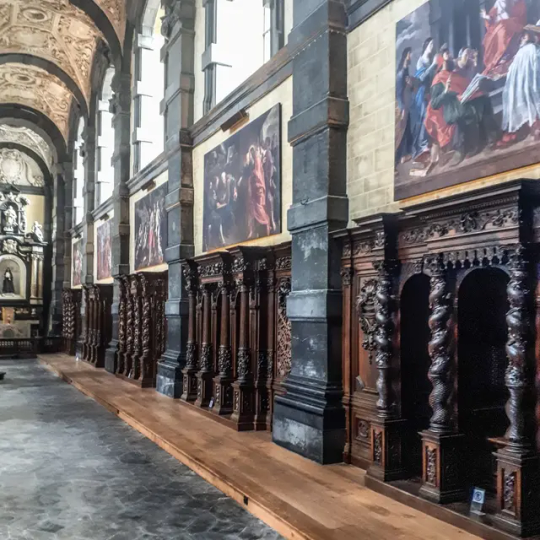
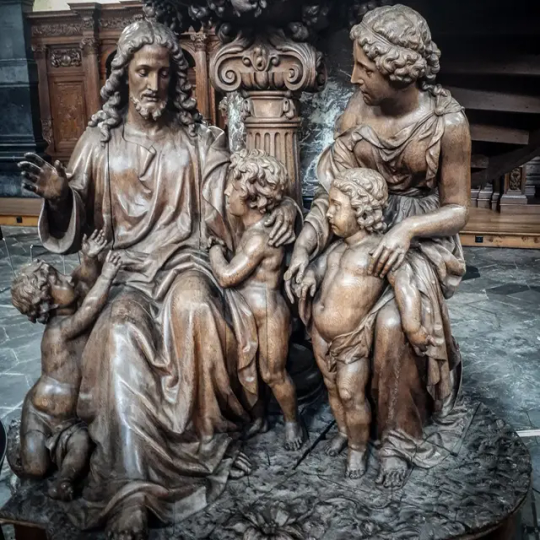
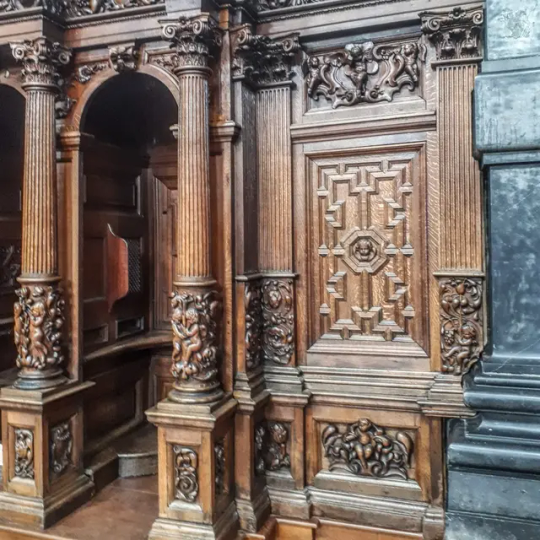
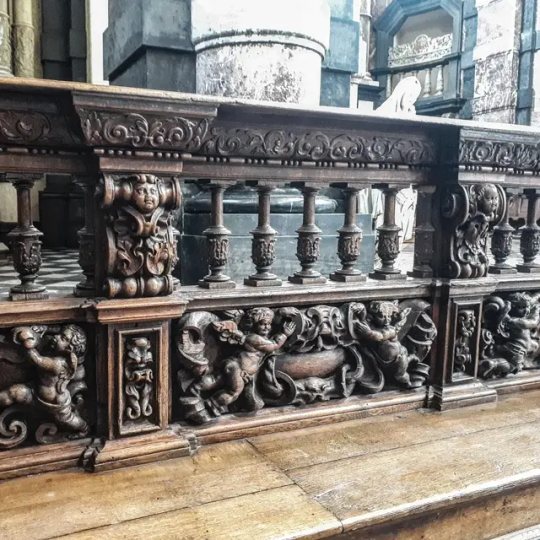

In the capital of Wallonia (the French speaking southern part of Belgium) you can find this amazing interior in Flemish baroque style of the Saint-Lupus Church (Église Saint-Loup).
It is one of the most important Baroque churches in Belgium and was built by the Jesuits between 1621 and 1645. Initially it was called Saint Ignatius Church (église Saint-Ignace), and served the adjacent Jesuit college. Today, this church is also used for concerts in addition to worship services.
After their arrival in the 17th century, the Jesuits took over a small college which they enlarged. Afterwards they built a church adjacent to this college, which was dedicated to Saint Ignatius, the founder of the Jesuit order. Pieter Huyssens (° Bruges, 1577, † Bruges, 6-6-1637), a Flemish Jesuit, architect and Baroque master, designed this church. Nevertheless, he did not live to see its completion: even at the start of the construction works, there appeared to be insufficient funds for immediate completion. Although the rector of the college regularly called for donations, the activities slowed down: they were forced to be spread over the period from 1621 to 1641. The architect himself died earlier: in 1637. After the completion of the church, it was finally consacrated.
#namur#namen#churches#church#eglise#igreja#iglesia#chiesa#kirche#belgium#belgie#belgica#belgique#church interior#ars sacra#wallonie#wallonia#patrimoine#heritage#baroque architecture#baroque#barok#barocco#religion#catholic#flemish#wood sculpture#wood#wood paneling#wood carving
172 notes
·
View notes
Text
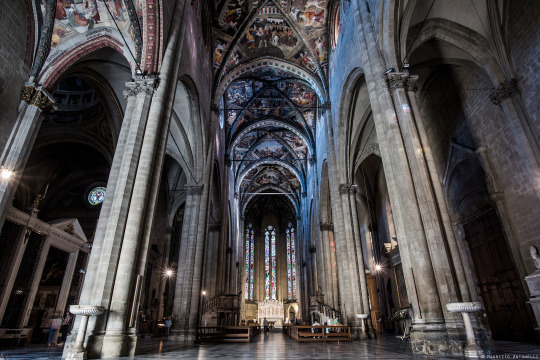

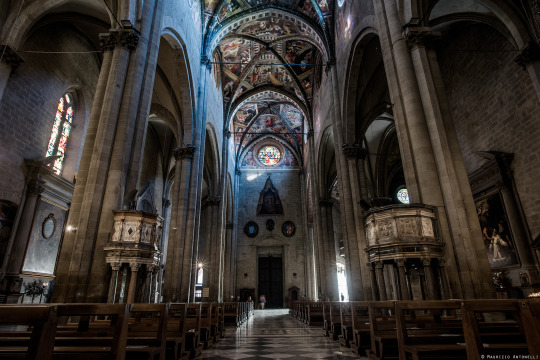
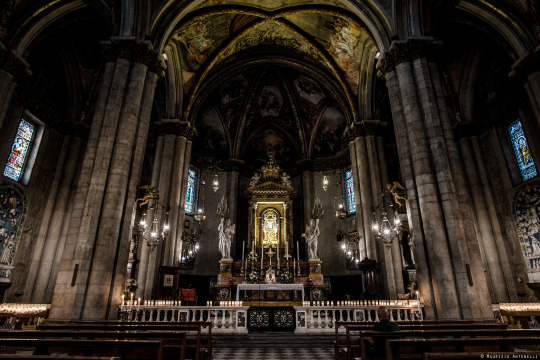
October 1, 2023
Cattedrale dei Santi Pietro e Donato (Arezzo, Italy)
© Maurizio Antonelli
#photography#ph maurizio antonelli#cathedral#gothic architecture#gothic church#italian heritage#italian history#13th century#arezzo#tuscany#italy#gothic mood#dark atmosphere#dark photography#ademater personal selection blog
863 notes
·
View notes
Text

Kexby Bridge, North Yorkshire, England.
Built 1650, now closed to traffic bar walkers and cyclists since 2017 when major defects were found.
#Bridge#Bridges#Structure#Architecture#Stone#Heritage#River#Riverscape#Water#Watercore#Waterscape#Travel#Places#Landscape#Country#Countrycore#English Countryside#Nature#Naturecore#Warmcore#Grandmacore#Photography#Aesthetic#Scenic#Earthcore
172 notes
·
View notes
Text







Walls of Palace of the Governor in Ҳулбук / Hulbuk / Khulbuk ( Tajikistan )
#photooftheday#travelphotography#adventure#aroundtheworld#silk road#marco polo#pickoftheday#explore#palace#travel#discovertajikistan#tajikistanculture#history#ancient#fortress#heritage#architecture#pamir highway#castle#tajikistantravel#tajikistan#old castle#hulbuk#tajikistanhistory#central asia
127 notes
·
View notes
Text
ALL YOU NEED TO KNOW ABOUT THE HEAD OF OBA
THE BENIN KINGDOM
THE LOOTED TREASURES BY THE BRITISH EMPIRE
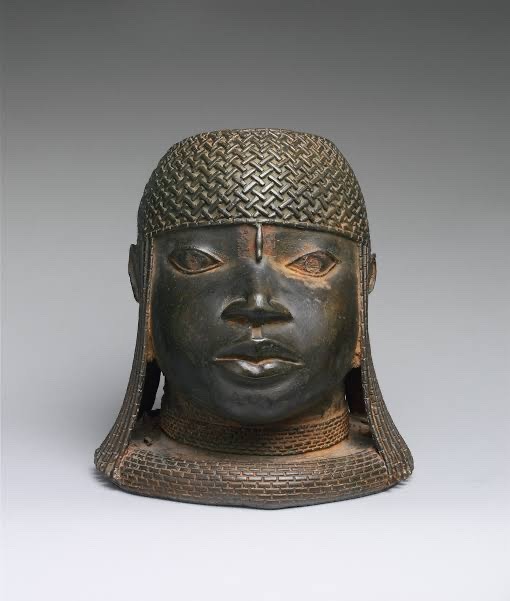
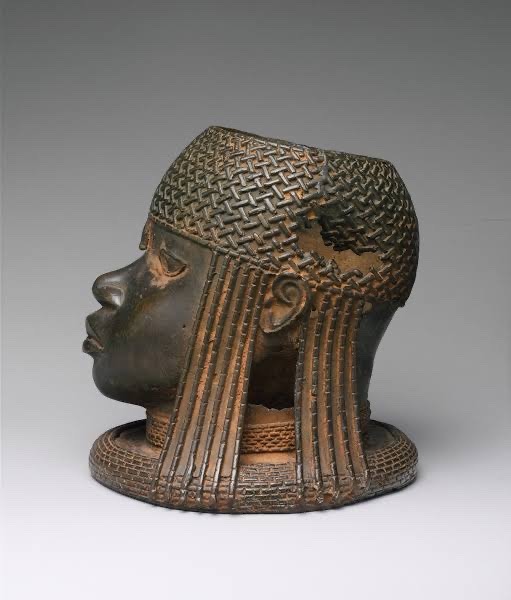
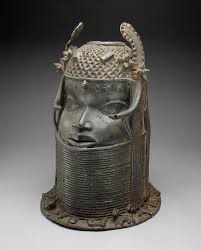
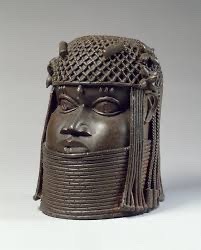
BLACK HISTORY IS DEEPER THAN SLAVE TRADE
The head sculptures of the Oba of Benin, also known as the Benin Bronzes, are a collection of intricate bronze and brass sculptures created by the Edo people of Nigeria. These sculptures typically depict the reigning Oba (king) of the Benin Empire and were produced over several centuries, with some dating back to the 13th century.
They are renowned for their artistic and historical significance, representing the cultural heritage and power of the Benin Kingdom. These sculptures often portray the Oba wearing coral beaded regalia, symbolizing his divine status and authority.
Many of these artifacts were taken from Benin during the late 19th century by British colonial forces, and they are now scattered in museums and private collections worldwide. There have been ongoing discussions and negotiations regarding their repatriation to Nigeria to restore their cultural heritage.
The head sculptures of the Oba of Benin remain a testament to the rich artistic and historical legacy of the Edo people and the Benin Kingdom.
HOW THE BRITISH STOLE FROM THE EDO TRIBE
1. British Punitive Expedition: In 1897, a British expedition, led by British officials and soldiers, was sent to the Benin Kingdom (in what is now Nigeria) with the stated objective of punishing the Oba of Benin, Oba Ovonramwen, for resisting British influence and trade in the region.
2. Sacking of the Royal Palace: During the expedition, the British forces entered the royal palace in Benin City, where many of these intricate bronze and brass sculptures were housed. The palace was looted, and numerous artifacts, including the Benin Bronzes, were taken.
3. Confiscation and Dispersal: The looted artifacts were then confiscated by the British authorities and later distributed to various individuals, museums, and institutions. Many of these artworks ended up in European museums and private collections.
The theft of the Benin Bronzes remains a contentious issue, as these artworks are considered cultural treasures of the Edo people and Nigeria as a whole. There have been ongoing discussions and demands for the repatriation of these artifacts to Nigeria, which has gained momentum in recent years as part of broader efforts to address historical injustices related to colonial-era looting.
The head sculptures of the Oba of Benin, like many traditional African artworks, hold deep symbolic significance within the context of the Benin Kingdom and its culture. Here are some of the key symbols and meanings associated with these sculptures:
1. Royal Authority: The Oba's head sculptures symbolize the authority and divine status of the reigning monarch, who was regarded as a sacred figure in Benin society. The elaborate regalia, such as coral beads and headdresses, worn by the Oba in these sculptures signifies his royal and spiritual power.
2. Ancestral Connections: The sculptures often depict the Oba with distinctive facial scarification patterns and detailed facial features. These features can represent specific ancestors or dynastic connections, emphasizing the Oba's lineage and connection to past rulers.
3. Historical Record: The sculptures also serve as historical records, documenting the appearance and regalia of the Oba during their reigns. This provides valuable insights into the history and evolution of the Benin Kingdom over the centuries.
4. Spiritual Protection: Some sculptures may incorporate elements like beads and cowrie shells, which were believed to have protective and spiritual qualities. These elements were worn by the Oba not only for their aesthetic value but also for their symbolic protection.
5. Cultural Identity: Beyond their specific symbolic meanings, the head sculptures are integral to the cultural identity of the Edo people and the Benin Kingdom. They represent the rich artistic traditions and heritage of the kingdom and its rulers.
It's important to note that the symbolism of these sculptures is deeply rooted in the cultural and historical context of the Benin Kingdom, and their interpretation can vary among different individuals and communities.
#life#animals#culture#aesthetic#black history#history#blm blacklivesmatter#anime and manga#architecture#black community#black heritage
827 notes
·
View notes
Text










Beautiful morning 🍂
Barqouq mosque 🌿🕊️
#يوميات بنت إسمها ش#egypt#مصر#photography#thisisegypt#art#masterpiece#cairo#shaimaa fekry#islamic#islamic architecture#architecture#travel#history#heritage#culture#mosque#details#old city
295 notes
·
View notes